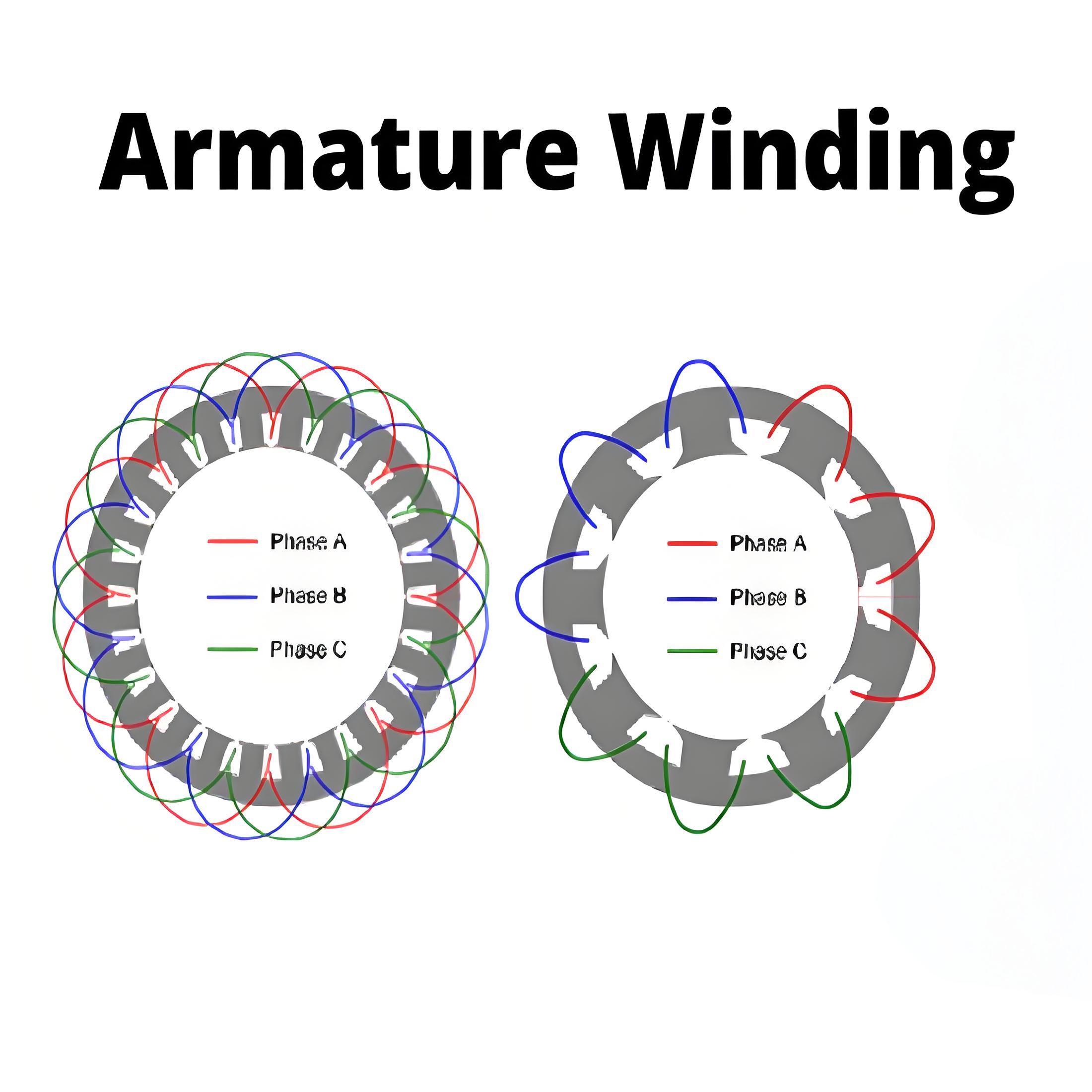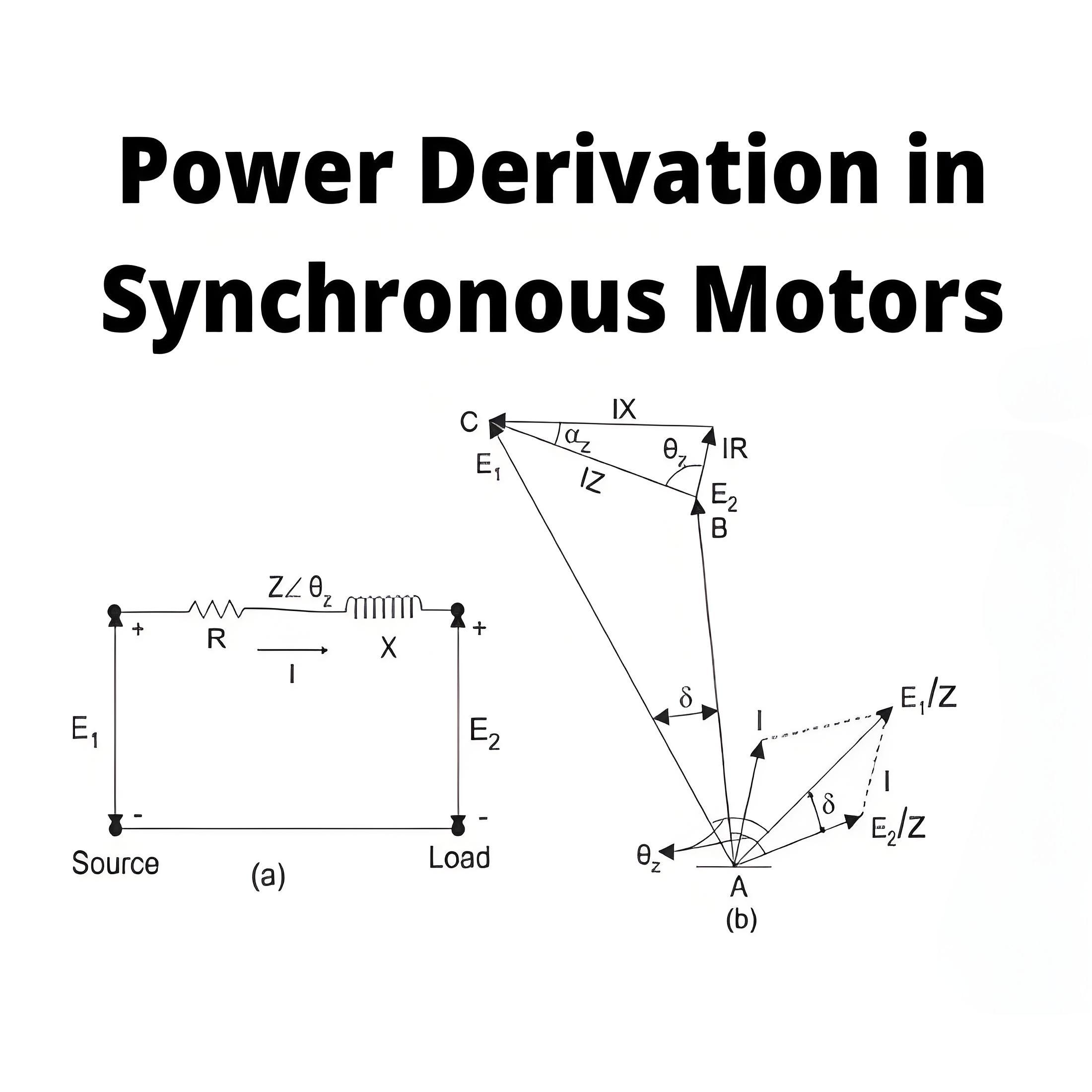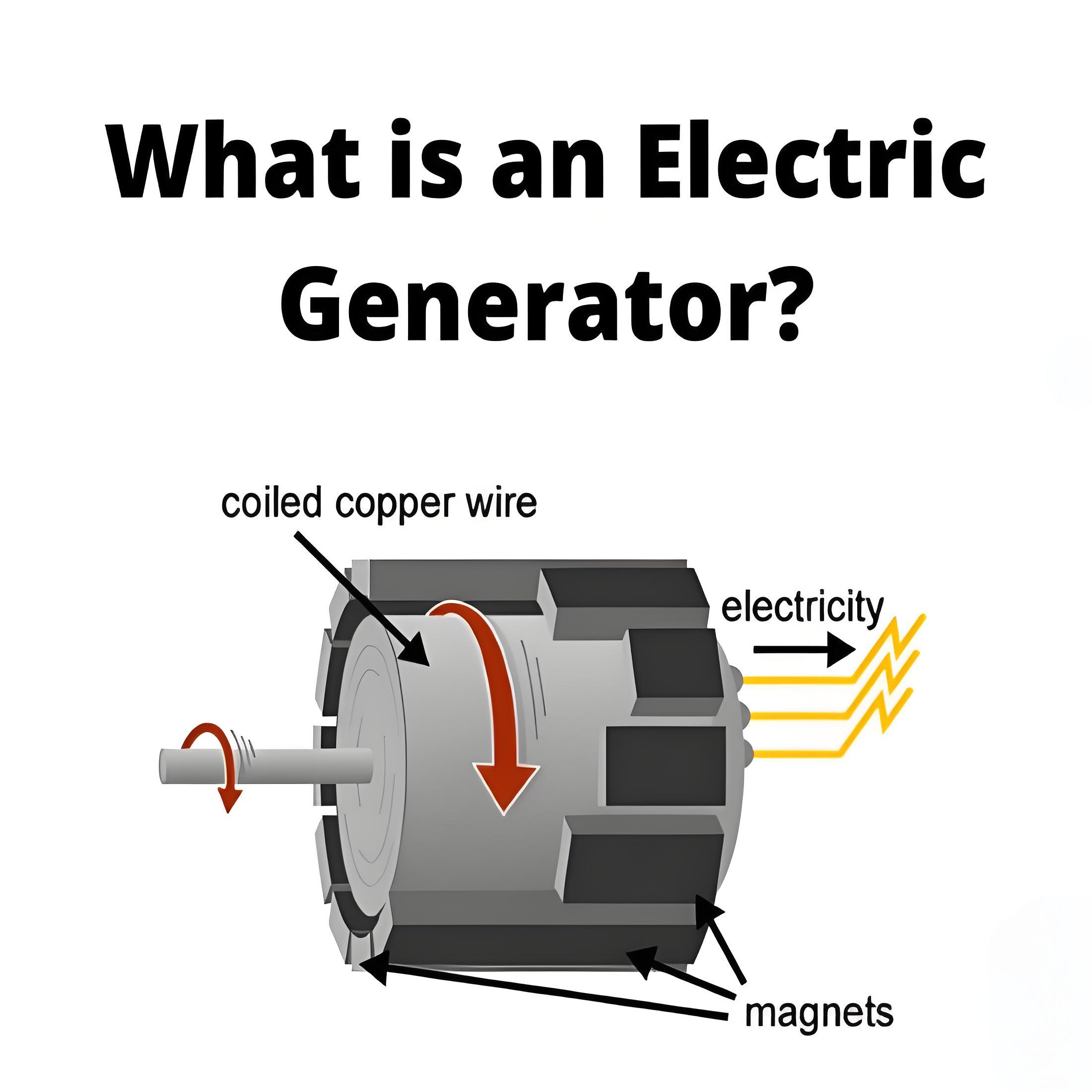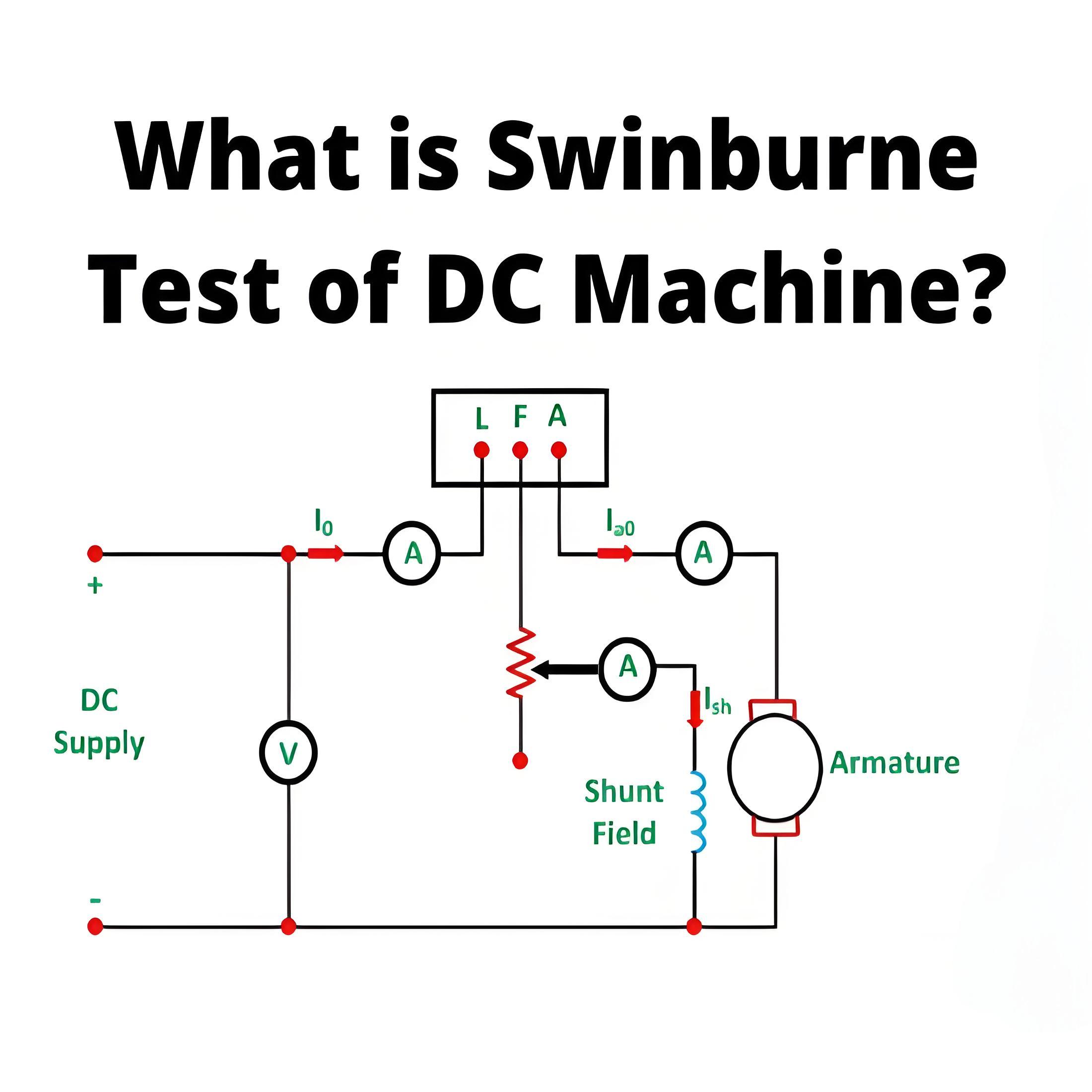What are the Three Point Starter ?
What are the Three Point Starter ?
3 point initiator definition
A 3-point starter is a device that helps start and regulate a DC motor by managing an initial high current.
The general electromotive force equation of the motor is:

Where E=Supply Voltage; Eb=Back EMF; Ia=Armature Current; and Ra=Armature Resistance. Since at starting Eb = 0, then E = Ia.Ra.

Starter diagram
Components such as OFF, RUN and connection points are marked on the starter diagram, illustrating its structure and function.
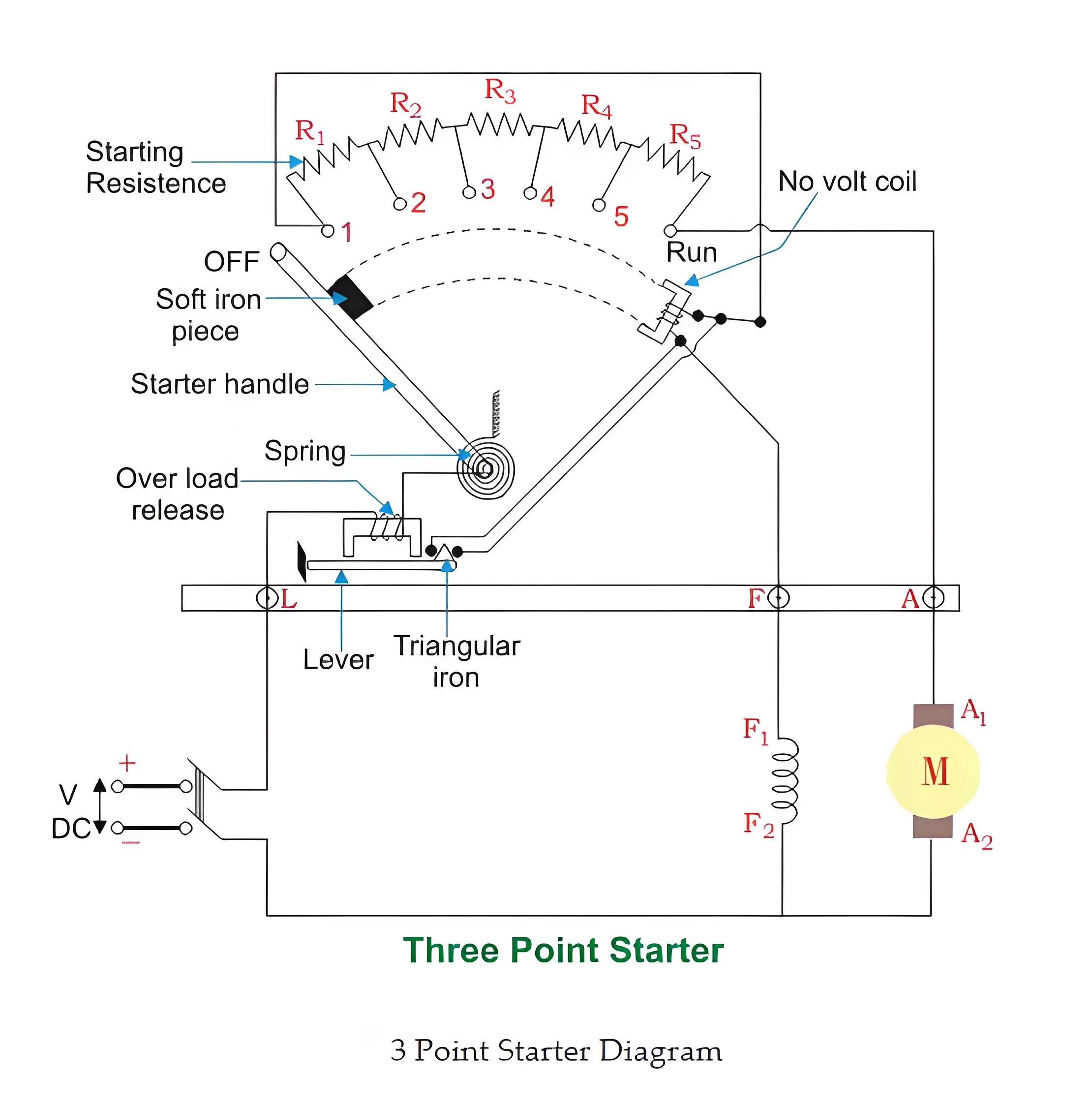
Construction of 3-point starter
In terms of construction, the starter is a variable resistor, integrated into the number of parts, as shown in the figure. The contact points of these parts are called studs and are shown as OFF, 1, 2, 3, 4, 5, and RUN, respectively. In addition to this, there are three main points called
"L" wire terminal (connected to the positive terminal of the power supply)
"A" armature terminal (connected to armature winding)
"F" excitation terminal (connected to excitation winding)
Working principle
Having studied its construction, let's now get into the work of the 3-point starter. First, when the power of the DC motor is turned on, the handle is in the OFF position. The handle then moves slowly under the action of the spring force and makes contact with the No. 1 stud. In this case, the field winding of the shunt or compound motor obtains power through the non-voltage coil through a parallel path provided to the starting resistance. The entire starting resistance is connected to the armature in series. Therefore, the high starting armature current is limited because the current equation at this stage becomes:
As the handle moves further, it continues to make contact with studs 2, 3, 4, etc., thereby gradually cutting off the series resistance of the armature circuit as the motor speed increases. Finally, when the starting handle is in the "RUN" position, the entire starting resistance is eliminated and the motor runs at normal speed.
This is because the back electromotive force is developed with speed to offset the supply voltage and reduce the armature current.
Security mechanism
A voltage-free coil ensures that the starter remains in the operating position under normal conditions and releases it to OFF in the event of a power outage, enhancing safety.
Comparison with 4-point starter
Unlike 3-point starters, 4-point starters can handle a wider range of motor speeds without losing connections, making them more suitable for certain applications.
Disadvantages of three-point starter
A major disadvantage of the 3-point starter is its poor performance, the motor requires different speeds, which are controlled by adjusting the field rheostat. Increasing the speed of the motor through higher field resistance can reduce the shunt field current.
Welcome to our electricity community! Established to facilitate the exchange and cooperation in the electricity industry and bridge professionals, enthusiasts, and related enterprises.


